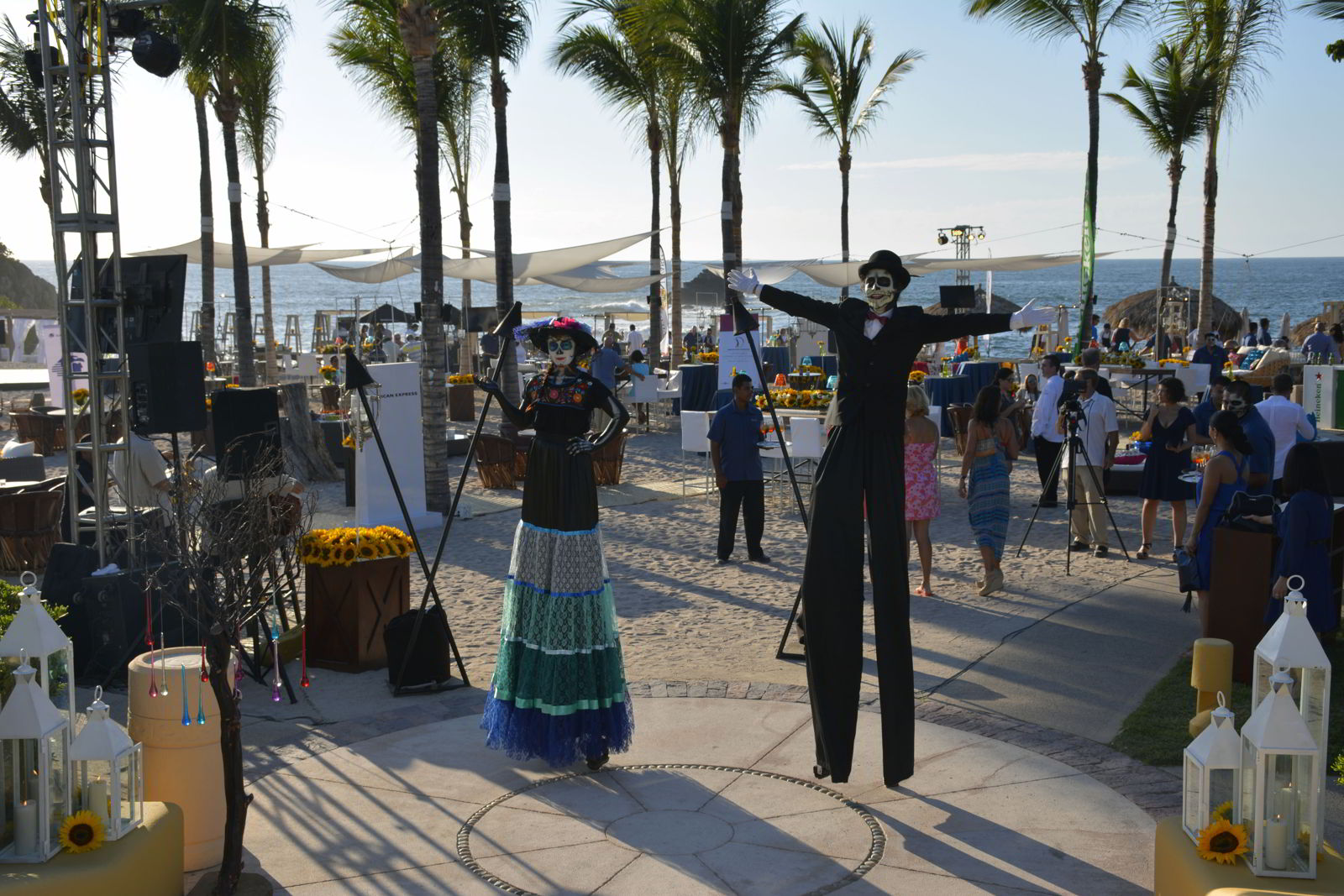
Table of Contents
What You Need to Know About Dia de los Muertos
The Day of the Dead Festival is celebrated right after Halloween, but even though it includes playful costumes and decorations, it is not a Hispanic version of Halloween. Dia de los Muertos takes place over two days (Nov 1 and 2) as a colorful way for families to come together and celebrate the memory of deceased loved ones. On November 1, families honor deceased children and infants with Dia de los Inocentes and those of the Catholic faith also honor Catholic Saints on All Saints’ Day. November 2 is for celebrating older deceased relatives and is also All Souls’ Day, a day dedicated to prayers for the dead. Both days are national holidays in Mexico and some other Latin American countries. If you want to celebrate this unique holiday, there are a few things you need to know.
There are affiliate links in this post. If you make a qualifying purchase through one of these links, Wander Woman Travel Magazine may receive a small commission at no extra cost to you.
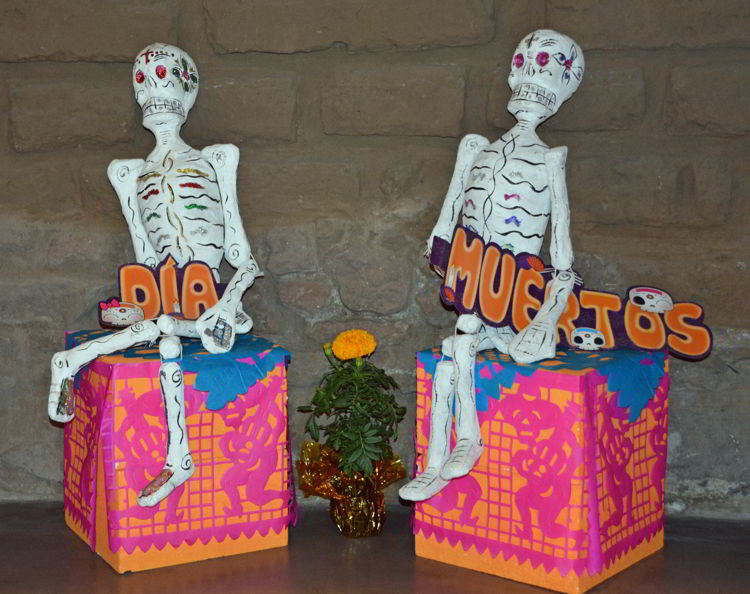
UNESCO Recognized Celebration
At its core, Día de los Muertos is an indigenous celebration. The Day of the Dead Festival was recognized by UNESCO on its list of the Intangible Cultural Heritage of Humanity. It originated several thousand years ago in what is now Mexico with the Aztec, Toltec and Nohua people. Pre-Hispanic people believed the dead were still members of the community who were kept alive by being remembered and honored. They believed that during the Day of the Dead festival, the dead return to earth to visit family members. Though it originated in Mexico, the holiday is celebrated in other Latin American countries and is becoming popular in North America as well.

Related: If you’re thinking of visiting Mexico for the Day of the Dead, check out our post Five Fav Family Friendly All-Inclusive Resorts.
Timing of the Holiday
In Aztec culture, the celebration of the dead took place in August and lasted for a month. When the Catholic religion became the primary faith in Hispanic America, the holiday was changed to the Day of the Dead Festival and timed to coincide with All Saints’ Day and All Souls Day.
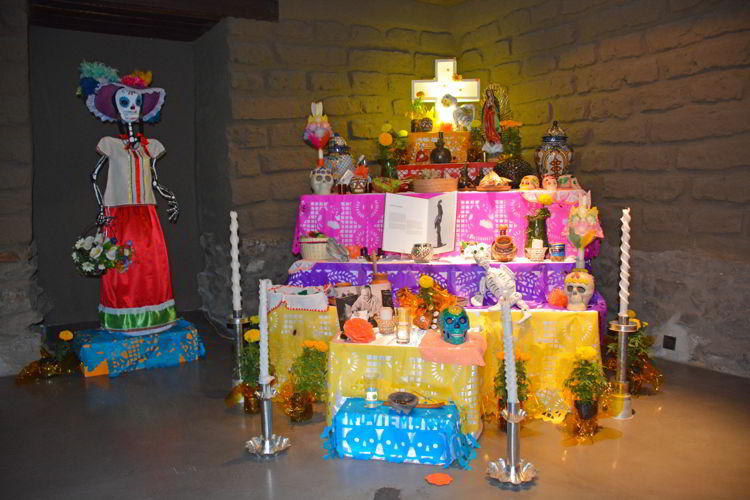
Altars or Ofrendas
In the days leading up to the Day of the Dead Festival, families build elaborate altars or ofrendas in their homes. They place pictures of their loved ones on the altar and decorate it with flowers, gifts, candles, foods and drinks that the person enjoyed when they were alive. Altars often include sunflowers and marigolds, which are thought to attract the spirits of the departed. Visiting the cemetery and decorating the graves of loved ones is also an important part of this celebration.

The Significance of Sugar Skulls
The production of sugar skulls or calavera dates back to the 17th century. Skulls are the most iconic symbols of the Day of the Dead Festival. They come in different sizes and are made of sugar and decorated with colorful icing. They may also be made of clay and decorated with colorful paints. Some even have hats, feathers, glitter or other objects attached to them. They are used to decorate altars and they typically bear the name of the departed soul on the forehead. There is a great deal of symbolism in the decorations. Flowers on the skulls symbolize life, while cobweb patterns symbolize death.
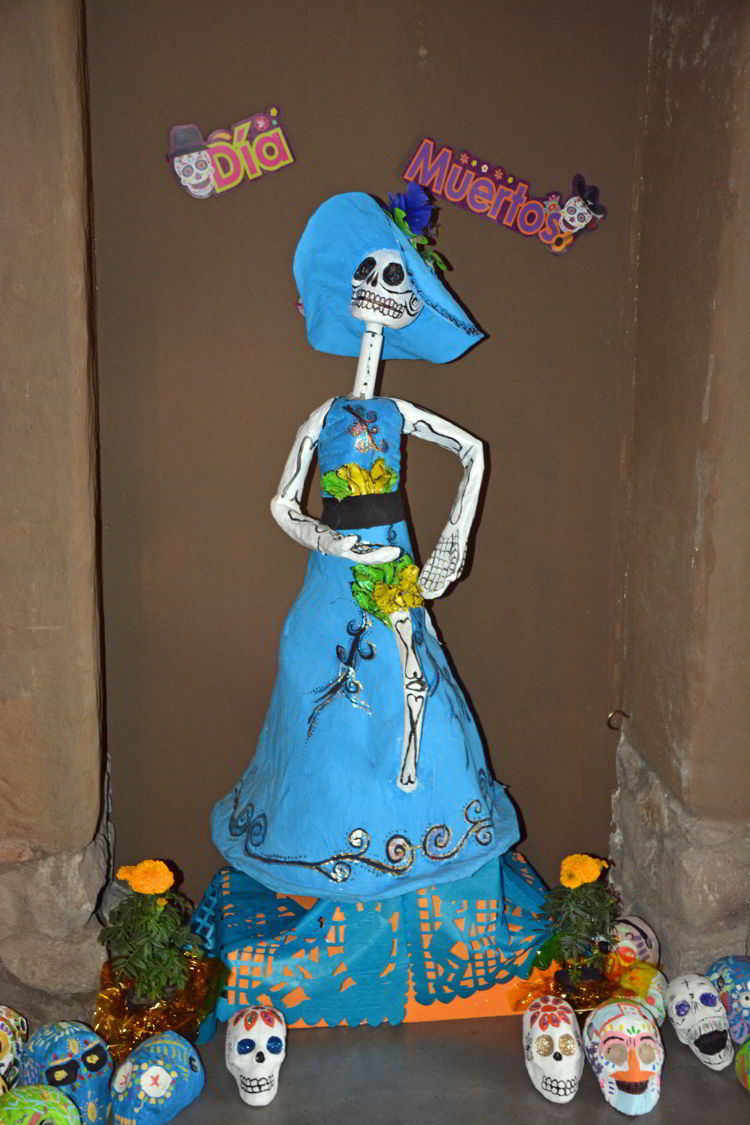
Related: Read our post 10 Exciting Things to do in Costa Mujeres.
The Significance of Skeletons
In Aztec times, the people paid tribute to Catrina, the Goddess of Death, who was portrayed as a skeleton. In modern times, you will often see La Calavera Catrina pictured as a female skeleton in fancy clothes. This Day of the Dead Festival symbol is based on a 1910 cartoon image meant to poke fun at the upper class. It reminded them that we all meet the same fate in the end.
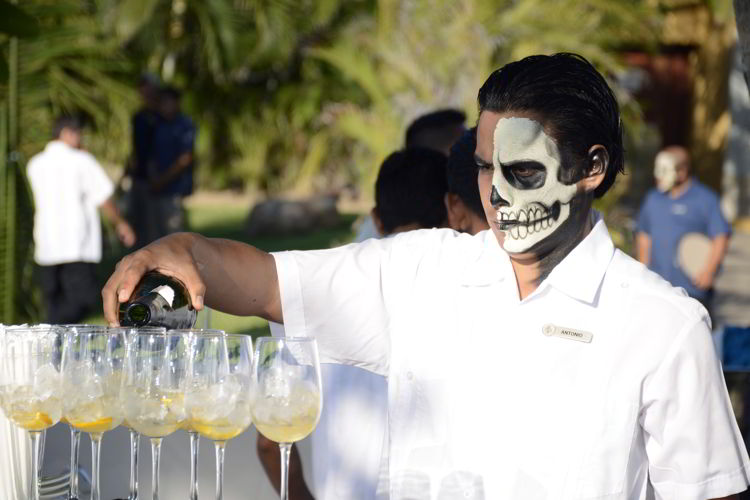
How to Dress for the Day of the Dead Festival
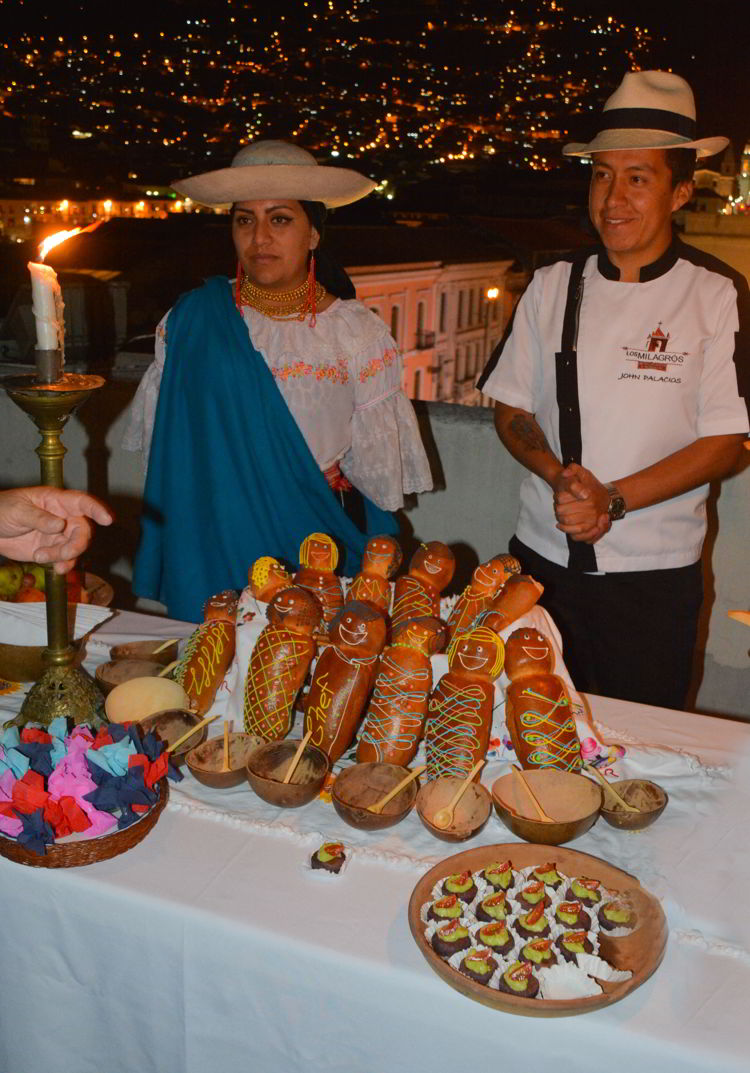
An Interesting Perspective on Life and Death
It is interesting to compare how the dead are portrayed at Halloween and at the Day of the Dead Festival. Spirits are a scary thing at Halloween, but at the Day of the Dead Festival they are welcomed, celebrated and remembered. I’m no expert, but the second approach seems to promote a healthier attitude about death and dying.
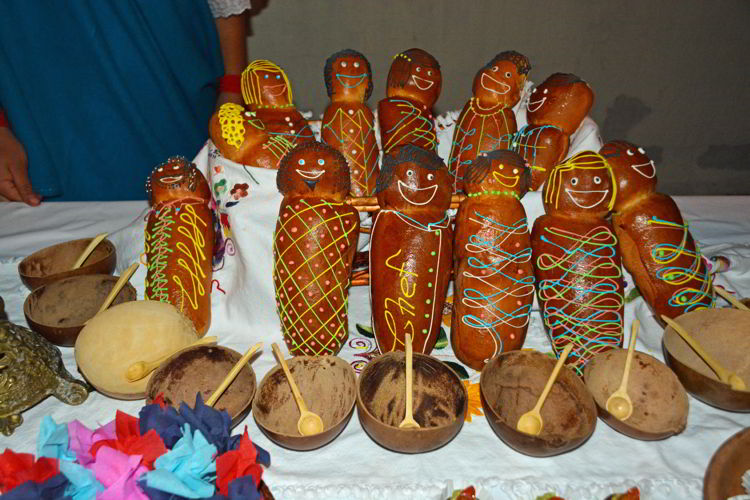
Watch a Kids’ Movie to Learn More
To learn more about the Day of the Dead Festival and enjoy a touching story, check out the Academy Award-winning animated feature film Coco.

No Comments